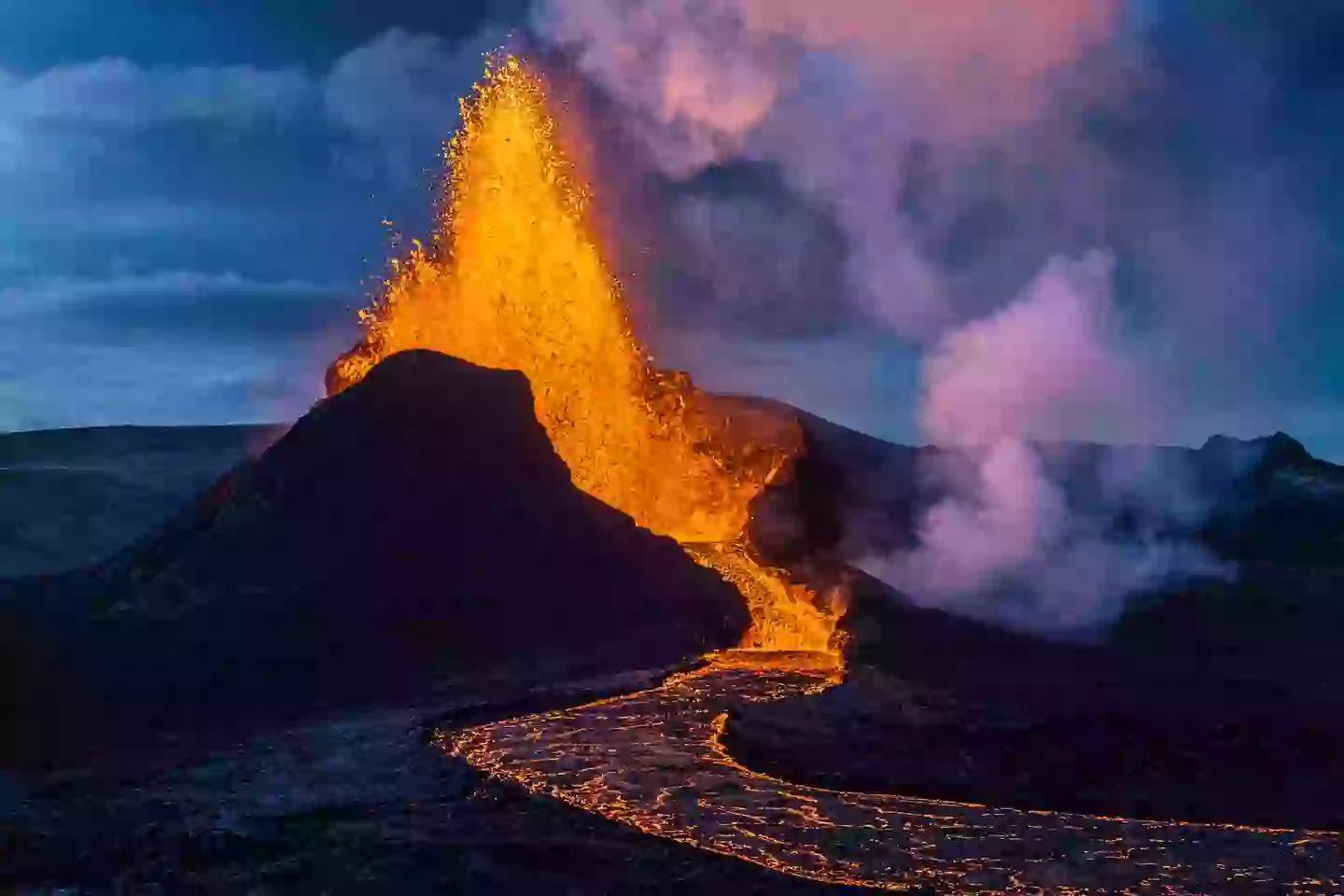It appears that Earth has its own ‘heartbeat,’ yet scientists have had difficulty determining the cause.
This ‘heartbeat’ phenomenon occurs roughly every 26 seconds, which is far slower compared to the human heart that can beat up to 100 times a minute.
The phenomenon was initially detected in the early 1960s by geologist Jack Oliver, who hypothesized that these small quakes might originate somewhere in the southern or equatorial Atlantic Ocean.
However, due to the technological limitations of the 1960s, Oliver couldn’t thoroughly investigate these pulses.
These pulses were rediscovered decades later by Mike Ritzwoller, a seismologist from the University of Colorado, US, along with his team.
Reflecting on Oliver being the first to document Earth’s enigmatic ‘heartbeat,’ Ritzwoller stated to Discover Magazine: “Jack didn’t have the resources in 1962 that we had in 2005 – he didn’t have digital seismometers, he was dealing with paper records.”

Since the 1960s, seismologists like Ritzwoller have endeavored to pinpoint the exact origin of these pulses, also known as microseisms, and understand why they occur.
Garrett Euler is another researcher who has attempted to solve this puzzle.
Speaking at the Seismological Society of America conference in 2013, Euler mentioned that he had further narrowed down the pulse’s source to a region in the Gulf of Guinea called the Bight of Bonny.
According to Euler, the ocean’s waves are the main culprits behind these pulses.
Euler believes that as waves move across the ocean, they create pressure differences that might not significantly impact the ocean floor. However, when these waves reach the continental shelf, where the sea floor is closer to the surface, the pressure deforms the ocean floor, resulting in seismic pulses that mirror the wave action.
In contrast, later that year, a paper by Yingjie Xia from the Institute of Geodesy and Geophysics in Wuhan, China, argued that earthquakes, not waves, were responsible for the pulses.

Xia proposed that the pulse’s origin was suspiciously near a volcano on São Tomé Island in the Bight of Bonny.
He also pointed out that a similar microseism is caused by the Aso Volcano in Japan.
The mystery’s persistence is likely due to the fact that this issue is not a major priority for seismologists, even if they are interested in uncovering the truth.
Scientist Doug Wines explained to Discover Magazine: “There are certain things that we concentrate on in seismology.
“We want to determine the structure beneath the continents, things like that. This is just a little bit outside what we would typically study [since] it doesn’t have anything to do with understanding the deep structure of the Earth.”
In light of this, Ritzwoller suggested to the outlet that it might be up to future generations to provide an answer to Earth’s so-called ‘heartbeat.’

